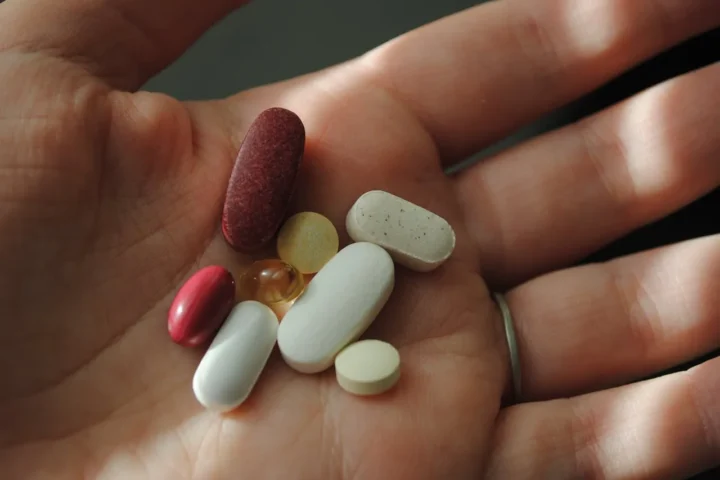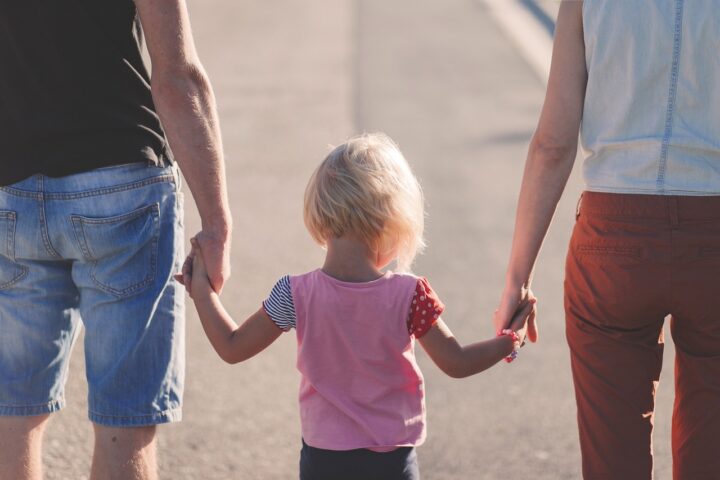Gulf Coast waters are serving up something scary this August — and it’s not just jellyfish. Vibrio vulnificus, the potentially deadly bacteria nicknamed “flesh-eating,” has infected 32 people and claimed 8 lives across Gulf states this summer, health officials report.
As a science nerd who’s been covering coastal health issues since before TikTok existed, I’ve watched these cases tick upward this year. Louisiana’s seeing the worst of it with 17 infections and 4 deaths — that’s more than double their typical numbers.
“Vibrio cases are at historic highs,” confirms the Louisiana Department of Health in their July update. All infected patients required hospitalization.
Florida follows with 13 cases and 4 deaths, while media reports indicate Alabama and Mississippi each have one non-fatal case. Texas hasn’t released official numbers yet, but local media indicate rising cases there too.
What makes this microscopic monster tick? Vibrio vulnificus thrives in warm, brackish waters, particularly when temperatures exceed about 68°F (20°C), with growth rates increasing significantly as water warms toward 88°F (31°C) — conditions currently present throughout the Gulf according to NOAA measurements.
You can get infected two ways: when open wounds contact coastal waters or by eating raw seafood (especially oysters). For most healthy people, this means nasty stomach issues or painful skin infections. But for folks with certain health conditions, it’s potentially deadly.
“This is a very scary-sounding bacteria, Vibrio vulnificus. Fortunately, it is rare, but it can be very deadly,” explains Dr. Alok Patel, pediatrician at Stanford Children’s Health.
The Florida Department of Health warns that people with liver disease, cancer or diabetes have approximately 80 times greater risk of developing bloodstream infections — which prove fatal in roughly 50% of cases.
The CDC estimates about 80,000 vibriosis cases occur annually across all species, but specifically V. vulnificus causes just 150-200 infections yearly. That small number comes with a big caveat: about 20% of those infected die.
Similar Posts
Symptoms vary based on exposure type. Wound infections cause skin breakdown, intense pain, swelling, and sometimes fever. Foodborne infections trigger stomach pain, vomiting, diarrhea, and in severe cases, dangerous drops in blood pressure.
So how do you stay safe while still enjoying your beach vacation?
“Do not enter the water if you have fresh cuts or scrapes,” advises the Florida Department of Health. If swimming is non-negotiable, cover wounds with waterproof bandages.
For seafood enthusiasts, proper cooking is crucial. The CDC recommends cooking shellfish to an internal temperature of 145°F to kill harmful bacteria. When eating oysters, make sure they’re fully cooked—the myth that hot sauce kills bacteria is false.
Other key precautions: wash wounds immediately after exposure to seawater, wash hands thoroughly after handling raw seafood, and avoid cross-contamination between raw and cooked items.
Climate change plays a role in this bacterial boom. A 2023 study published in Nature found V. vulnificus infections in the Eastern USA increased eightfold between 1988-2018, with the northern limit of cases shifting northward at a rate of 48 km per year.
Scientists project that by 2041-2060, infections may expand to major population centers around New York, and by 2081-2100, could reach every Eastern state under medium-to-high warming scenarios.
First isolated in 1976 and named Vibrio vulnificus in 1979, medical understanding of this pathogen has advanced significantly, yet mortality rates remain stubbornly high.
Several Gulf state health departments now offer real-time advisories and interactive “Vibrio trackers” to help residents monitor risk levels.
If you develop symptoms after potential exposure, particularly if you have underlying health conditions, seek medical care immediately. Early treatment with antibiotics significantly improves outcomes.
Frequently Asked Questions (FAQ)
What is flesh-eating bacteria and how does it infect people?
Vibrio vulnificus is a germ found in warm, salty or brackish water. It can enter your body through cuts or by eating raw or undercooked shellfish. Once inside, it can cause serious infections.
How common are Vibrio infections along the Gulf Coast?
This summer, about 30 people along the Gulf Coast have fallen ill and eight have died. Most cases happen between May and October when water is warmest.
Who is at highest risk of a severe infection?
People with liver disease, cancer, diabetes, or weak immune systems face a much higher chance of severe illness and bloodstream infection.
What steps can families take at the beach to stay safe?
Cover any cuts or scrapes with waterproof bandages. Rinse off with fresh water after swimming. Don’t let wounds touch ocean or bay water.
How should I cook seafood to protect my family?
Cook shellfish until it reaches 145 °F inside. Make sure clams, mussels, and oysters open fully and stay hot until served.
What are the early signs of a Vibrio infection?
Wound infections cause redness, pain, swelling, and sometimes blisters. Foodborne infections start with stomach cramps, diarrhea, nausea, or vomiting.
Should I avoid the water after storms or flooding?
Yes. Heavy rain and runoff can stir up bacteria and lower water quality. Wait for official “all clear” notices before swimming.
Where can I check local water safety alerts?
Look up your state health department’s beach advisory page or use NOAA’s online coastal-water forecast tool to see current risk levels.


















